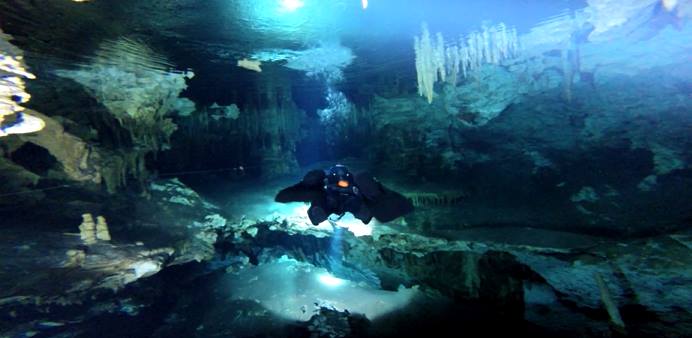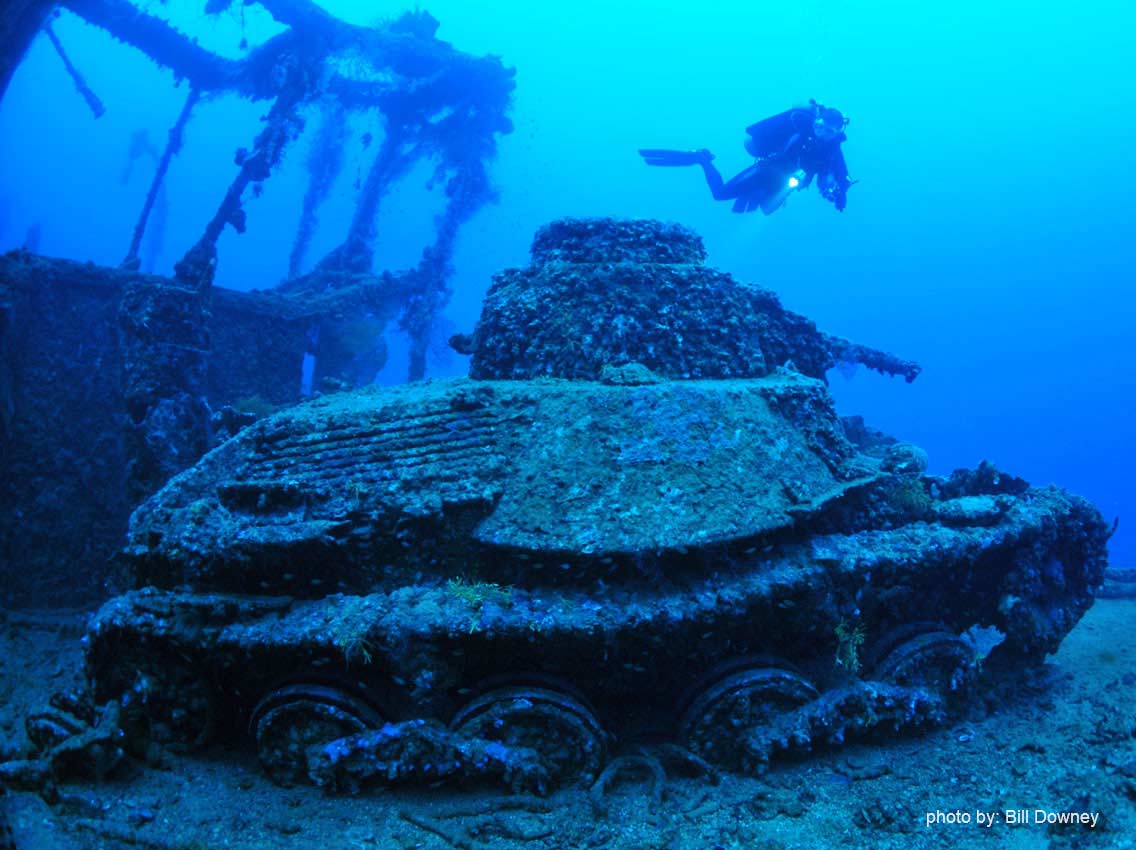My first pool sessions were difficult. I felt like an open-water diver once more, strapped into twin tanks and trying valve drills. The Tec 40 and 45 courses were difficult at first, but I soon found that new skills became natural and I enjoyed the course. The joy of Tec diving lies in taking your diving skills, buoyancy, and awareness to the next level. The feeling of knowing that you are capable of handling life-threatening situations at depth and without needing to descend to the surface (dues to decompression requirements) can be quite satisfying. It's satisfying to execute your dive plans with military precision.
1. Your personal informations (name, email, etc). 2. Choose the date that you prefer. 3. Send an email to Submit your question/inquiry.


